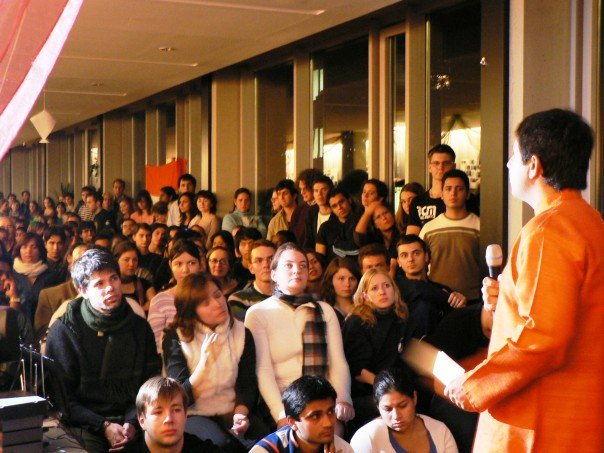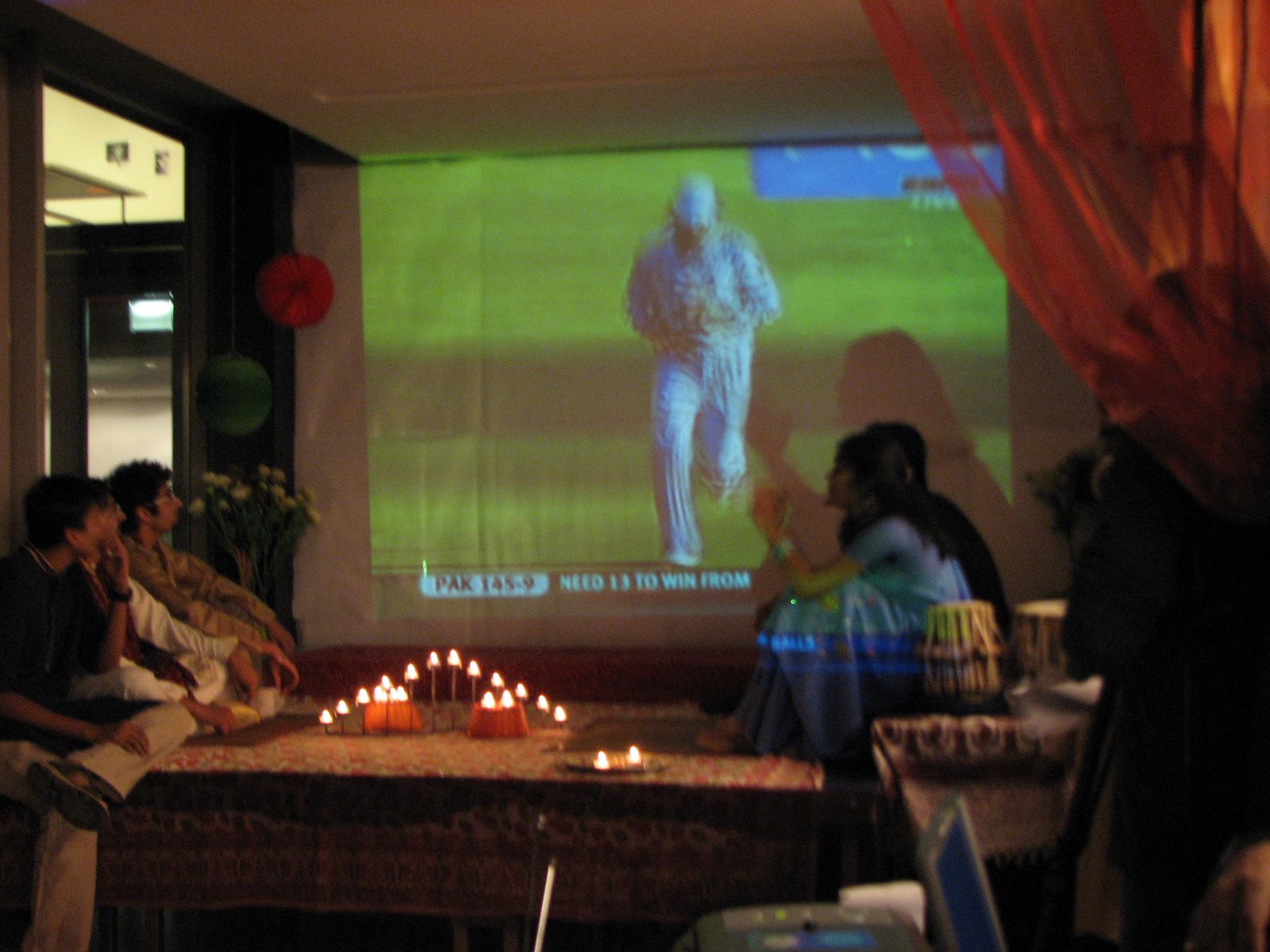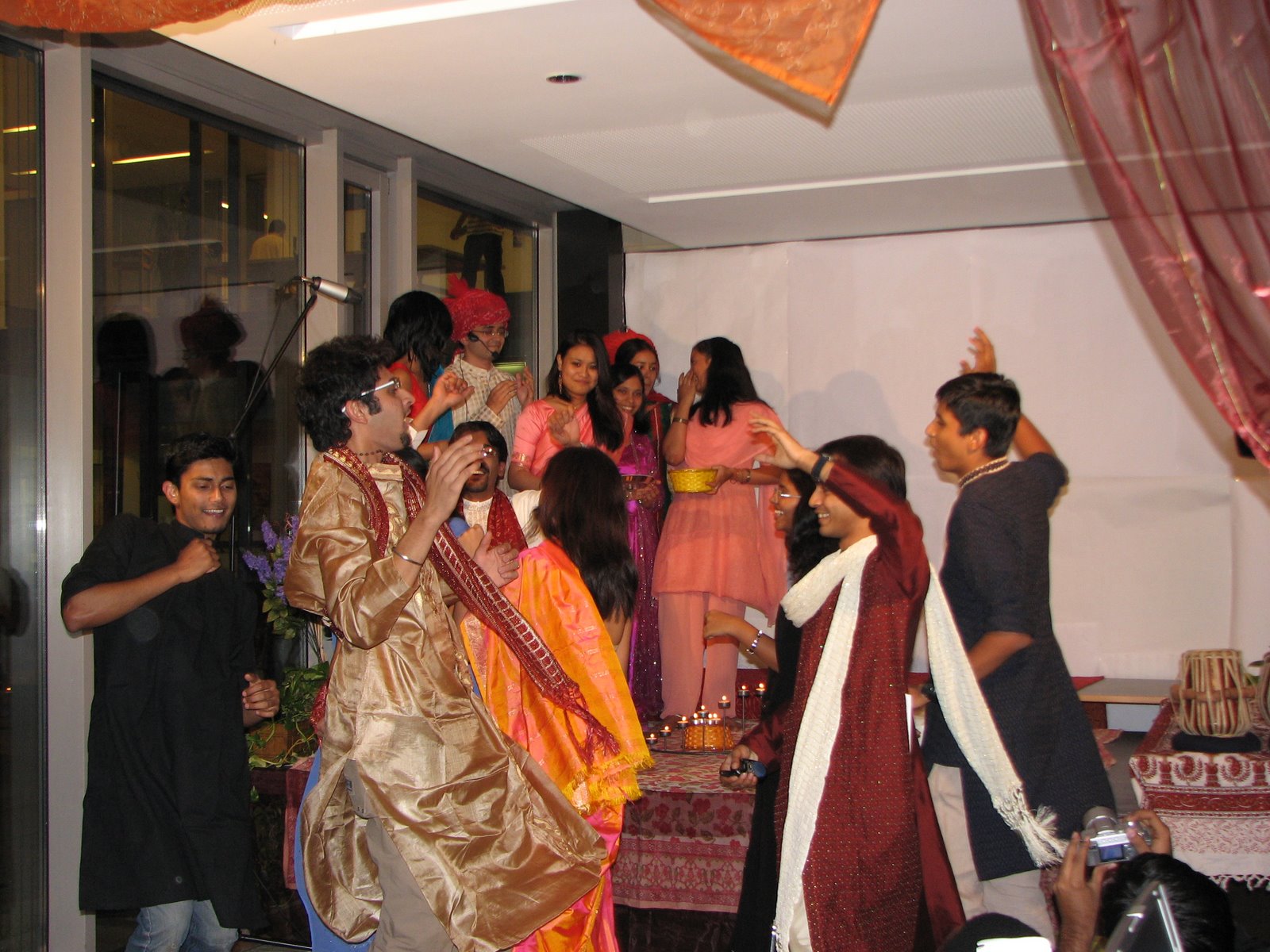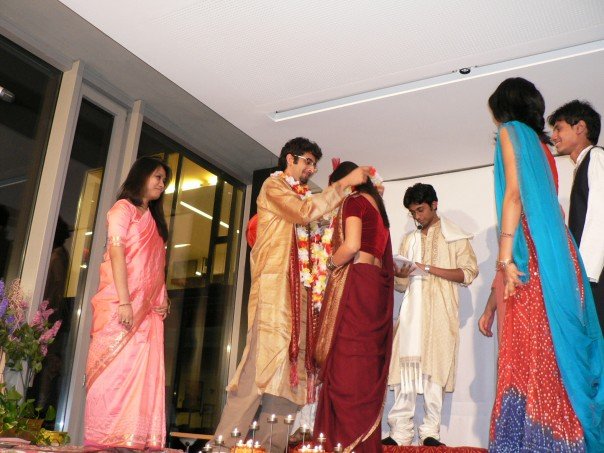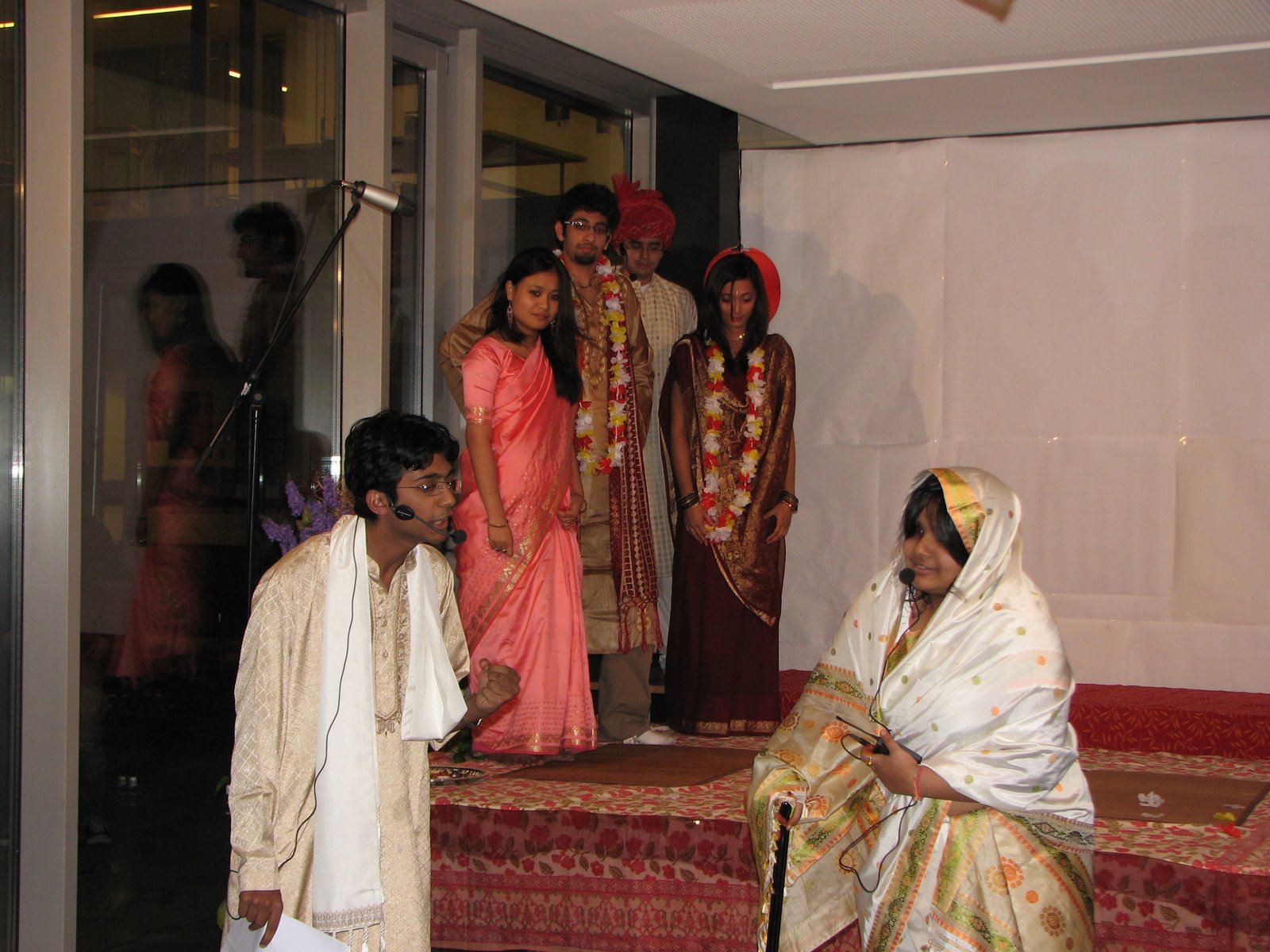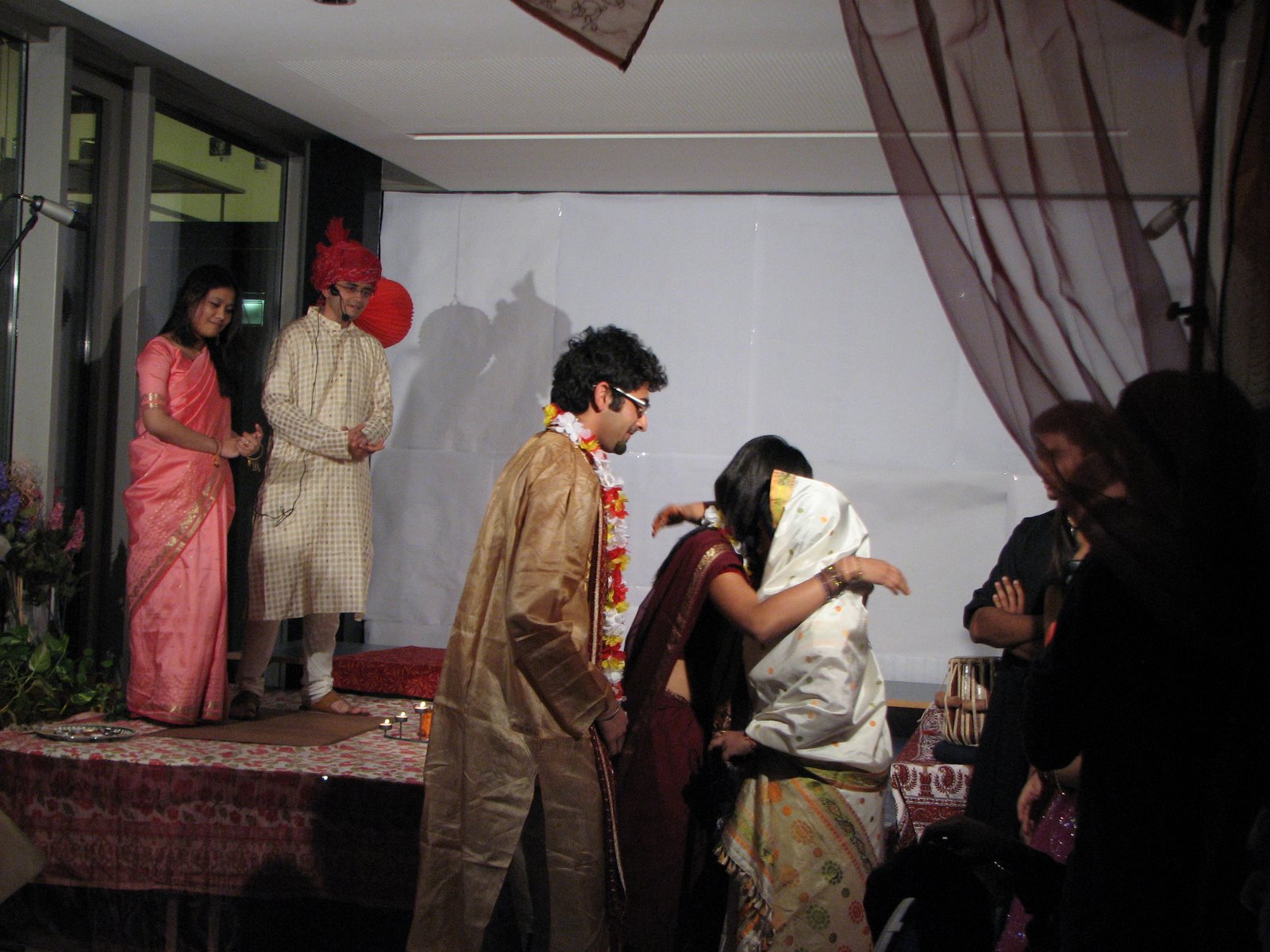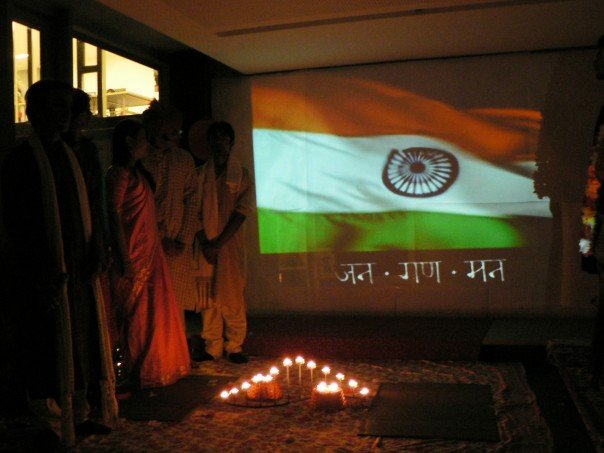There is Kashmir, there is Jammu, there is Uttar Pradesh, Bihar and there is Maharashtra. We have the Mufti Mohammed Sayyeds, Omar Abdullahs and the Thackerys. And of course, there is BJP and Congress. And amongst these, India is lost.
Nearly a hundred people lost their lives in the blasts in Ahmedabad and Bangalore but Mr. Raj Thackrey is more concerned about the fact that the shop signboards are not in Marathi. Oh, but the people who lost their lives were Kannads and Gujaratis, were they not. And Mr. Raj Thackrey is only concerned with Marathis, so why should he bother about these people. His energy is better spent in enticing the masses against the North Indians. For it is of paramount importance that these people be kicked out of Maharashtra as they are the only reason why thousands of Marathi, the true “sons of soil” are without a job. And in between, he finds the spare time to ensure that the Bachchans and the Khans comply with his wishes.
Not a murmur from the centre, but then what better can be accepted from a government consisting of clowns and criminals. They have very important matters to deal with, after all they are responsible for running the country. But I do not think that they need to worry, they have done a fantastic job already. Led in this honourable mission by the charismatic Arjun Singh, they have managed to divide the country on basis of caste. They are really good, they have managed to do better than even VP Singh, and I thought that was impossible. 60 years since Independence, 60 years of reservation, and if even then if we have managed to make a difference then maybe we need to look at alternatives. But obviously, how can our politicians compromise with their vote-bank?
But caste is not the only line that is drawn through my country. Religion is not far behind, is it? Nearly 20 years down the line Ayodhya is still the main agenda for the BJP, with the VHP and the RSS continuously making noises about the issue. Orissa is not new, for there was a Graham Staines before as well. Maybe one day we can all learn to respect each others religion.
Jammu and Kashmir, if I could only describe it in words. 20 years of war, thousands of lives lost, and countless ruined. A heaven ravaged, a paradise lost. I only wish it can be regained, not for me, not for you but for the people suffering there for two decades.
I do not know why I wrote this. Maybe because this is all what the Indian media feeds me. Strife, discontent, violence everywhere. All I hope for is that someday we all can just call ourselves Indian. Maybe we can learn to respect each others language, learn to appreciate the fact that each Indian has some different sets of traditions and values. Maybe there will be no SC/ST/OBC, just Indians. Maybe Ayodhya will house a mosque and Ajmer a temple. Maybe….. Maybe……
